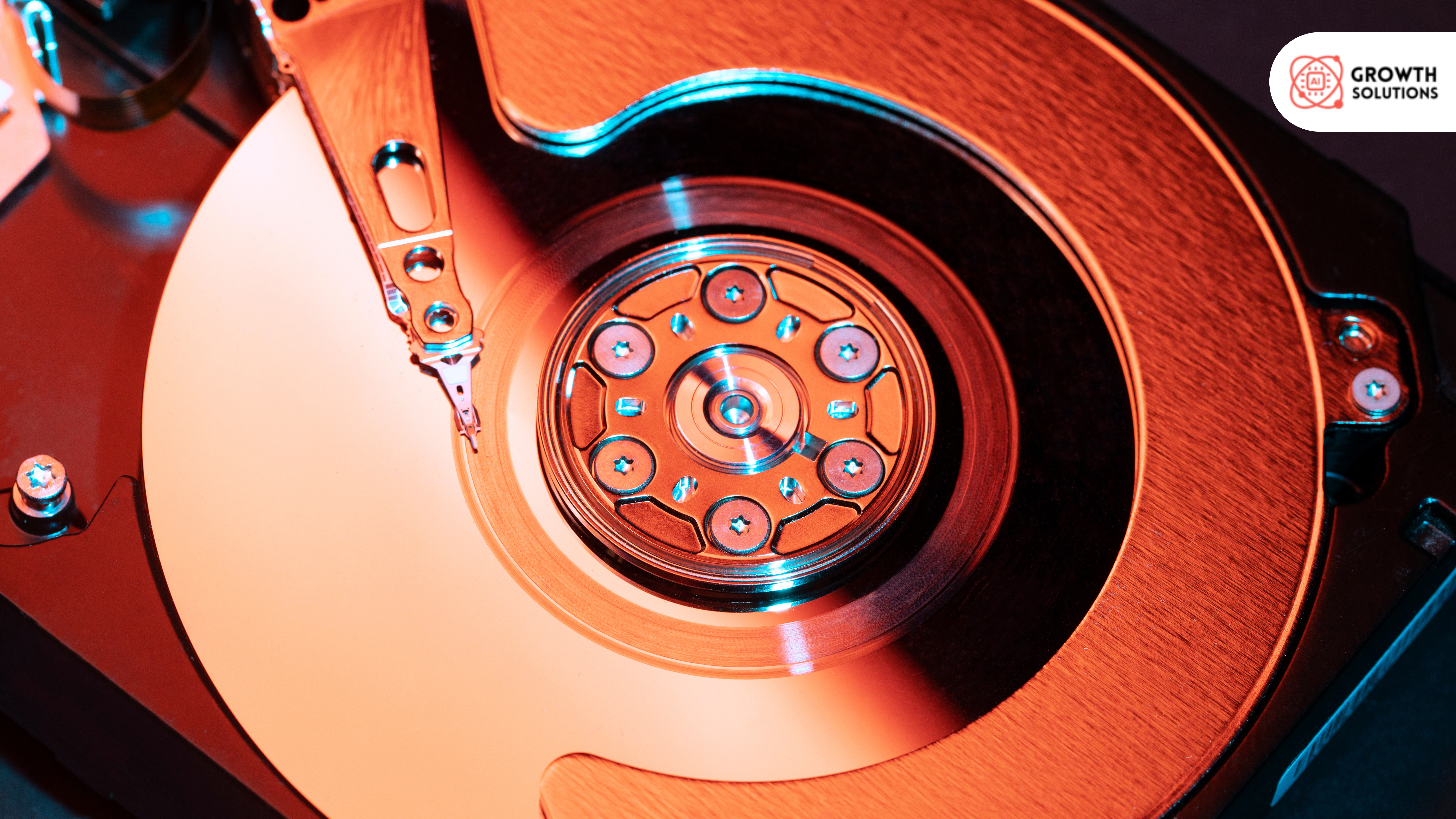18554493114
Call us for any question.
- support@aigrowth-solutions.com
- 349 Blue Point Rd Farmingville, NY 11738,USA
Call us for any question.
18554493114
Search for products
Blog Detail
- Home
- Blog
- Details
What Are the Options for Recovering Data from Damaged CDs and DVDs?
In a world dominated by cloud drives and solid-state storage, CDs and DVDs may seem like artifacts of a digital past. However, these discs often hold irreplaceable data archived projects, family videos, or backup files created before modern storage took over. When these discs get damaged, accessing that information becomes a complex task. At Ai Growth Solution, we recognize the importance of preserving legacy data and offer specialized Data Recovery Services designed to handle optical media failures. Unlike generic file recovery, optical disc restoration requires a unique set of tools and techniques, which we’ll explore in detail below.
Categories of Damage That Threaten Data on Discs
Not all disc damage is created equal. The first step in any recovery process is identifying what type of failure you're dealing with. Physical damage often appears as deep scratches, chips on the edges, or full-on cracks that split the disc into fragments. These are the most visually alarming and can significantly impair data readability. Surface contamination, on the other hand, includes oils from fingerprints, dried liquids, or dust layers that scatter laser reflections during reading. Another invisible enemy is disc rot a form of decay that affects the reflective layer over time, leading to data loss even if the disc appears clean. Lastly, file system corruption often caused by interrupted burns or faulty writing can make the disc unreadable even when physically intact. Our IT Service professionals at Ai Growth Solution assess each situation individually to determine the appropriate recovery route.
Evaluating the Damage Before Attempting Recovery
Jumping straight into recovery software or abrasive polishing can do more harm than good. Before anything else, inspect the disc under a good light source. Look for obvious deep gouges or signs of bubbling in the reflective layer. Then test the disc on multiple devices sometimes one optical drive may read a disc that another refuses. We’ve often seen older DVD drives read problematic discs more effectively than newer models. At Ai Growth Solution, our technicians use a calibrated range of drives to identify the one with the best chance of accessing fragmented data. A thoughtful evaluation saves time and reduces further risk to the already compromised disc.
Home-Based Recovery Methods That Actually Work
If your disc isn’t cracked and the damage seems minor, there are a few reliable approaches you can try at home before calling in the professionals. Carefully clean the disc with a lint-free cloth and filtered water. Never scrub in circles; always wipe from the center outward to avoid worsening the damage. If light scratches are present, non-gel toothpaste can sometimes buff out the surface enough for the laser to read through interference. Once the disc is clean, try using purpose-built software designed for damaged disc extraction. Programs like IsoBuster and CD Recovery Toolbox don’t just read files they dig through sector-level data, pulling whatever bits remain intact. Our Data Recovery Services team recommends these tools for minor recovery efforts, especially if the file types aren’t critical or irreplaceable.
When DIY Fails: Turning to Professional Recovery Labs
There’s a point where home tools stop working, and deeper technical intervention becomes essential. Severe scratching, heat warping, disc layer separation, or embedded contaminants like dried adhesives require lab-level handling. At Ai Growth Solution, we’ve invested in commercial-grade disc readers, sector-cloning hardware, and image-based recovery software. These technologies allow us to extract data even from discs that appear unusable. Moreover, our Data Recovery Customer Service ensures that every case is treated with personalized attention no assumptions, no templates. Clients receive a complete diagnostic report before we proceed, making sure the recovery process is transparent and aligned with expectations.
Using Compatible Drives and Legacy Hardware
One often-overlooked solution involves trying your damaged disc on multiple types of drives. Not all optical drives are created equal. Some older DVD-ROM drives manufactured in the 2000s were actually built to handle more disc types and tolerate imperfect surfaces. We’ve seen discs that failed completely in modern laptops spin perfectly on decade-old external drives. At Ai Growth Solution, our in-house drive archive spans over 25 models, including legacy hardware designed for slower but more stable reads. This allows us to test discs across multiple units before determining they’re unreadable. If you're tackling recovery on your own, sourcing a variety of drives from secondhand sources could increase your success rate.
Addressing Cracked or Shattered Discs: Is It Possible?
Cracks are among the most challenging obstacles in optical data recovery. A disc that’s split through the data layer is often considered unrecoverable by most standards. However, partial data salvage may still be possible using image recovery an advanced method that attempts to clone readable sections into a virtual disc image. For these cases, traditional software won’t suffice. Our specialists at Ai Growth Solution use disc stabilizers and cold-clone imaging to rescue remaining fragments. We’re honest about the limitations no professional can guarantee full recovery from a cracked disc but we’ve successfully restored partial data in cases others considered hopeless.
Protecting Your Data From Future Losses
Once data is recovered, it’s time to talk about prevention. CDs and DVDs were never meant for long-term archival use. They degrade over time, especially when exposed to light, heat, or moisture. Always store discs in dark, dry cases away from fluctuating temperatures. But more importantly, digitize everything. Rip your audio, video, and document files to cloud storage or encrypted external drives. At Ai Growth Solution, we don’t just specialize in Data Recovery Services we offer long-term data preservation strategies as part of our broader IT Service portfolio. Clients can opt into managed backup plans that ensure no vital files remain trapped on fragile formats.
Summing Up the Best Path to Recovery
Recovering data from damaged CDs and DVDs is a multi-layered process that demands more than just basic tools. It requires an understanding of disc structure, damage analysis, software compatibility, and in some cases, hands-on lab techniques. At Ai Growth Solution, we’ve created a tiered recovery process that begins with in-depth diagnostics and ends with secure data delivery in your preferred format. Our commitment to precision, paired with top-tier Data Recovery Customer Service, means we never leave your case to chance. Whether you're salvaging personal memories or retrieving mission-critical files, the key is acting quickly, choosing the right methods, and working with specialists who understand that every byte matters.
Category
Data Recovery
Previous Post
How Does Tape Drive Recovery Work for Outdated Backup Systems?
Long before cloud storage and real-time syncing became industry standards, tape backups served as th...
Next Post
How To Choose The Best Data Recovery Service Provider?
When critical data vanishes whether from a crashed hard drive, corrupted SSD, or compromised RAID ar...
Today's businesses span borders, requiring versatile solutions.



 Admin
Admin
